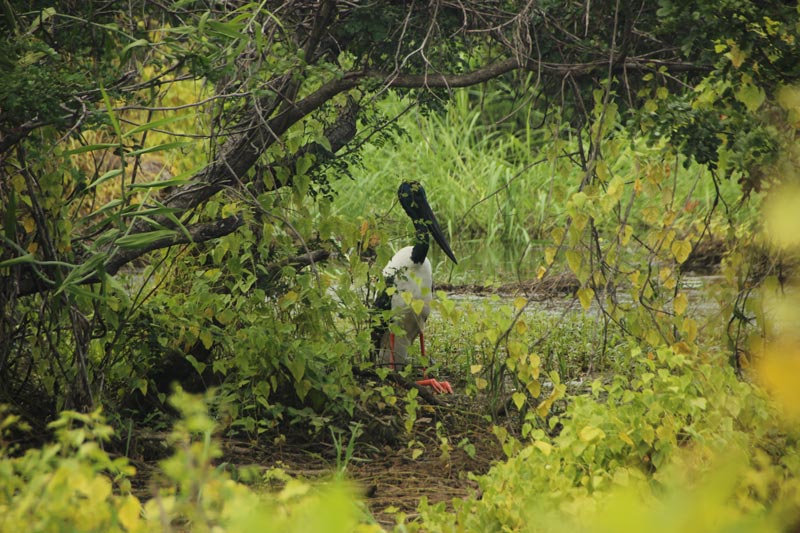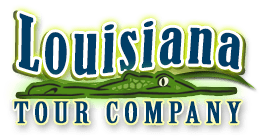The Hidden Ecosystem: Swamp Plants, Animals & Their Roles

Spend enough time in a Louisiana swamp and it becomes clear pretty quickly: everything out there has a job. Some jobs are obvious, like the alligator keeping smaller critters in check. Others are less glamorous but just as important, like the beetle breaking down dead plants. It’s an entire community, and just like any community, if one member slacks off, the whole neighborhood feels it.
Trees That Do More Than Stand Around
Start with the cypress and tupelo trees. These giants aren’t just pretty scenery for photographs; they act as the backbone of the swamp. Their roots stabilize soil that would otherwise wash away, and they create shaded havens for birds, frogs, and even the occasional raccoon looking for a place to hide. The knees of cypress trees may look strange, but they help the trees breathe in waterlogged ground. Strange or not, those knees are the reason much of the swamp doesn’t simply dissolve into soup.
Aquatic plants deserve credit too. They oxygenate the water, filter out impurities, and provide shelter for small fish. Floating mats of greenery may seem like clutter, but they’re actually nurseries for young fish and amphibians learning how to survive.
Animals Keeping the Peace
The swamp doesn’t have a police force, but it does have alligators. They’re apex predators, making sure fish, turtles, and small mammals don’t get too comfortable. Without them, the balance would tip, and one species could dominate the system.
Birds also play important roles. Herons, egrets, and countless others swoop in daily for snacks, keeping insect populations from getting out of hand. Along the way, they scatter seeds to help new plants take root in fresh places. They may look like they’re just strutting through the shallows, but they’re doing more than modeling long legs.
And then there are the insects. They might not get much love, but without them, the swamp would be in trouble. Pollinators keep plants reproducing, while decomposers like beetles clean up what’s left behind. Even mosquitoes—annoying as they are—serve as dinner for fish, bats, and birds.
The Circle of Swamp Life
It all connects. Leaves fall into the water, break down, and feed microorganisms. Those microorganisms feed fish and invertebrates. Fish support birds and reptiles. The predators at the top keep everyone in line. The whole thing is a cycle that runs nonstop, 24/7, no holidays.
When one part of that system weakens, the rest feels the strain. That’s why swamps are more resilient than they look. They’ve been running this interconnected system for centuries, adapting to floods, droughts, and hurricanes without shutting down.
Flood Protection by Nature
While people worry about storm surge and heavy rains, the swamp has been helping all along. The roots of trees and plants soak up water like sponges, slowing down floodwaters before they reach communities. Beavers chip in, too, with dams that alter water flow and create diverse habitats. They may be considered pests by some, but those little engineers provide valuable service.
Swamps also act as natural filters. Water passing through wetland vegetation loses much of its sediment and pollutants before reaching rivers or the Gulf of Mexico. That means cleaner waterways downstream, a benefit not often noticed but always appreciated.
Migratory Pit Stops
Every year, migratory birds travel thousands of miles, and Louisiana’s swamps serve as their rest stops. Packed with insects, fish, and shelter, the wetlands fuel their long journeys. Without this annual pit stop, many of those species wouldn’t survive migration. So, while locals might think of the swamp as a backyard feature, for a bird crossing continents, it’s the equivalent of a five-star resort.
Amphibians as the Swamp’s Alarm System
Frogs and salamanders aren’t just background noise. They’re bioindicators—species that reveal the health of the ecosystem. Because they’re sensitive to changes in water quality and habitat, their populations give clues about how the swamp is doing. If frogs go missing, it’s a sign something isn’t right. In other words, they’re the swamp’s early warning system, even if they spend most of the day croaking about it.
Adapting to Change
Swamps are always in motion. Flooding brings nutrients and reshapes habitats. Droughts push species to adapt. Storms test the system but rarely destroy it. That adaptability is part of what makes wetlands so remarkable. They bend but rarely break.
Humans benefit directly from this resilience. Storm protection, water filtration, seafood nurseries—these services exist because plants and animals work together to keep the swamp in balance. Whether people realize it or not, their lives are tied to the health of these ecosystems.
Closing Thoughts
The swamp is often seen as mysterious, maybe even intimidating, but underneath the surface is a finely tuned system where every species has a role. Trees stabilize the land, plants filter the water, animals regulate populations, and insects recycle what’s left behind. Together, they form an ecosystem that protects coastlines, supports economies, and sustains life.
Next time the swamp seems quiet, remember that it’s anything but. It’s a constant hum of activity, each part playing its role, from the tiniest insect to the largest predator. The balance they maintain doesn’t just benefit the swamp; it benefits everyone who depends on the protection and resources these wetlands provide.
And if a mosquito lands during that moment of reflection, maybe thank it for feeding the fish—before swatting it, of course.
